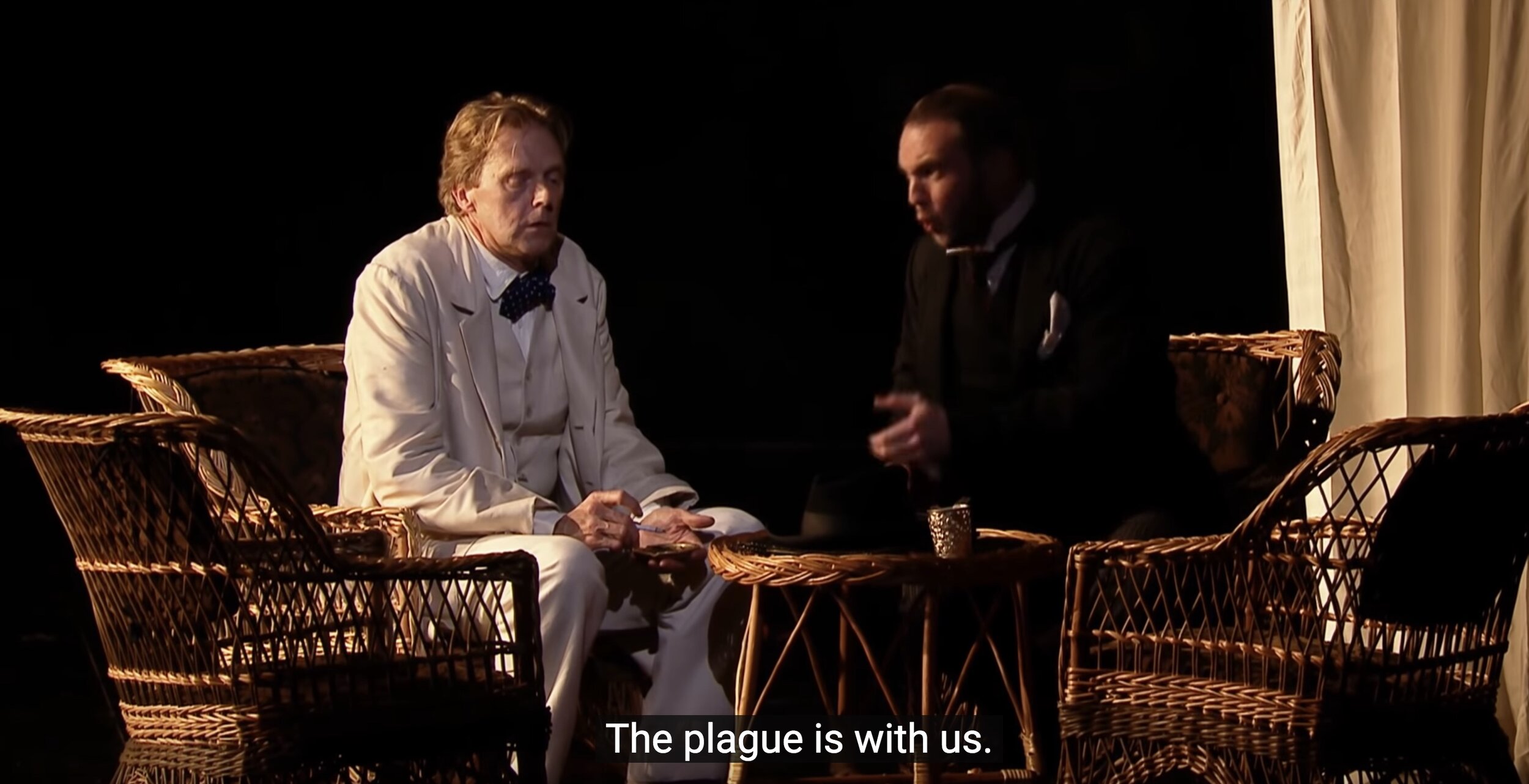Original image by There Stands the Glass.
Rendered senseless by a regrettable quantity of liquid courage, I’d go with “I’m Your Puppet” or “Cry Like a Baby” at a bar’s karaoke night. As with many Dan Penn compositions, the melodies and lyrics are so ingratiating that sympathetic people would likely mask my caterwauling by heartily singing along. Furthermore, both familiar classics justify the ridiculous gesticulating that come naturally to me. Penn, 78, the writer or co-writer of the Southern soul classics “Do Right Woman, Do Write Man,” “It Tears Me Up,” “Rainbow Road” and “The Dark End of the Street” in addition to “I’m Your Puppet” and Cry Like a Baby,” released another set of lived-in story songs in June. The unassuming Living on Mercy is packed with gems worthy of Penn’s legacy. Soul revivalists and honky tonk traditionalists would do well to incorporate “Soul Connection” and “I Do” into their repertoires. I’ve already added the graphic heartbreak of "Blue Motel" to my hypothetical karaoke routine.
---
The Kansas City musician Steve Phillips has died. All the reports I’ve seen focus on the guitarist’s membership in the Celtic rock band The Elders. I first became aware of Phillips through Steve, Bob & Rich’s frequent performances at the Westport club Blayney’s in the 1980s. The trio became the core of the hit-making heartland rock band The Rainmakers after my one-time associate Peter Lubin signed the musicians to Mercury Records.
---
The only thing worse than absorbing a hurtful insult is the gnawing suspicion the dismissal is warranted. I began an impertinent analysis of the listlessness bedeviling Kansas City’s jazz scene at Plastic Sax.
---
An extremely imaginative staging of Jean-Philippe Rameau’s “Les Indes Galantes” demonstrates how an archaic 300-year-old opera can be made relevant. The dazzling German production was the 196th installment of my daily opera marathon.










